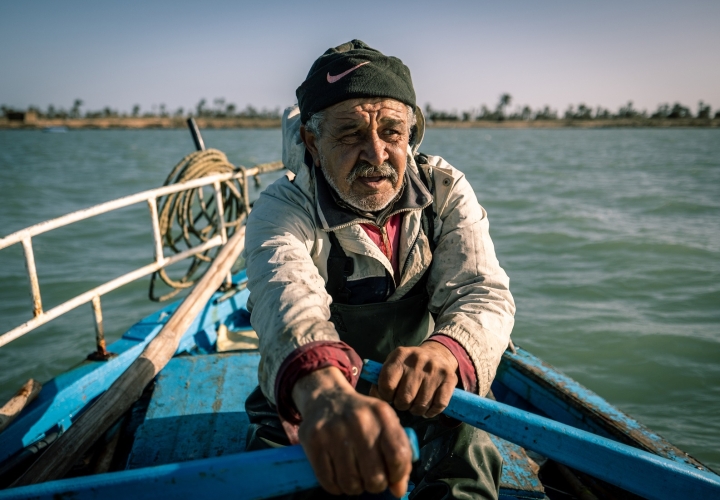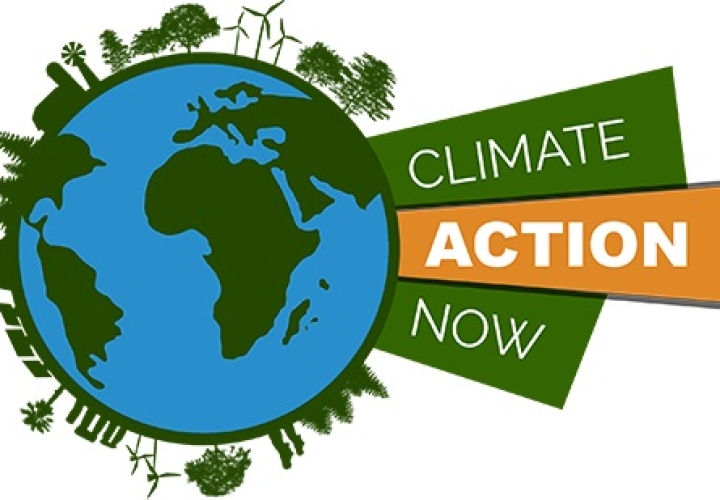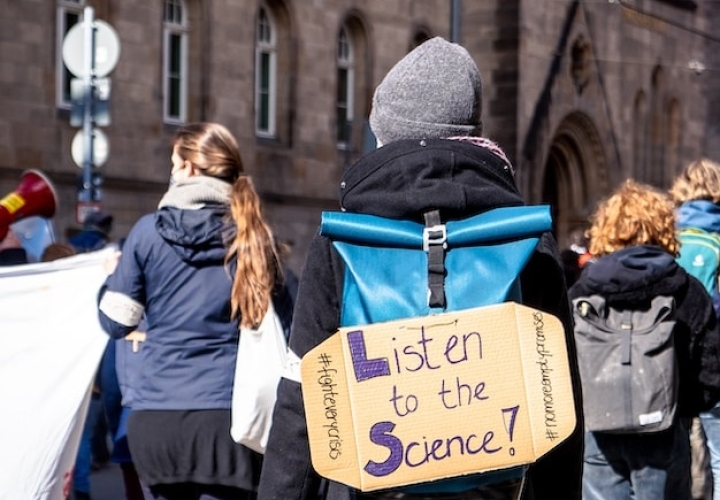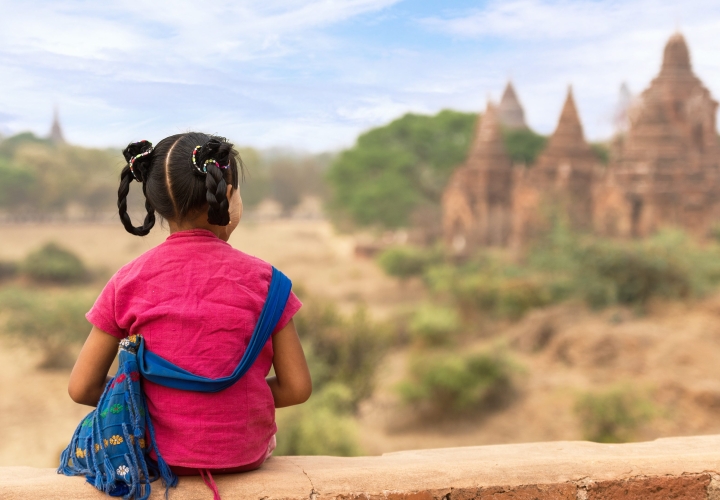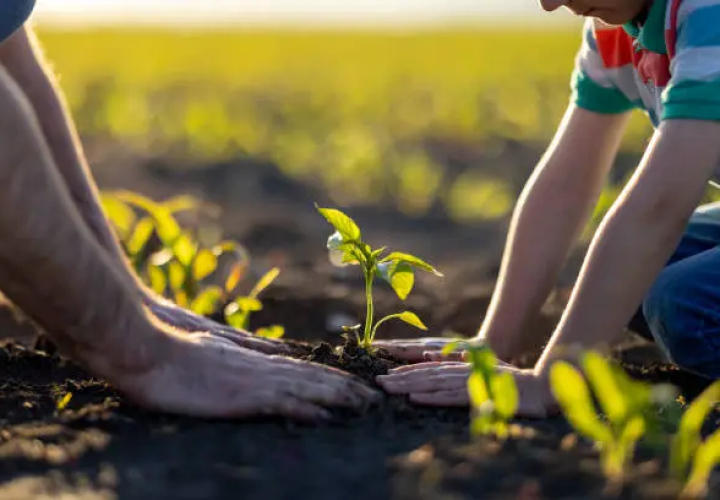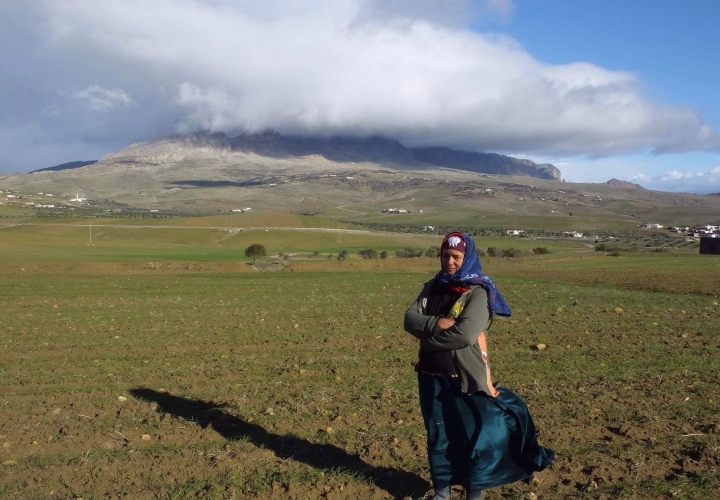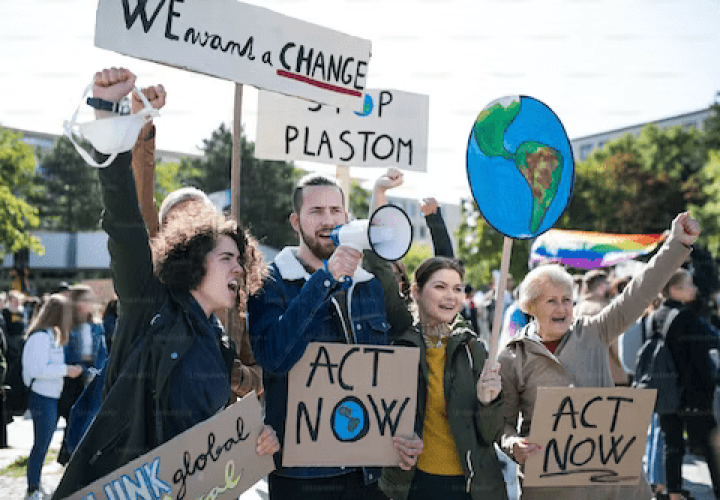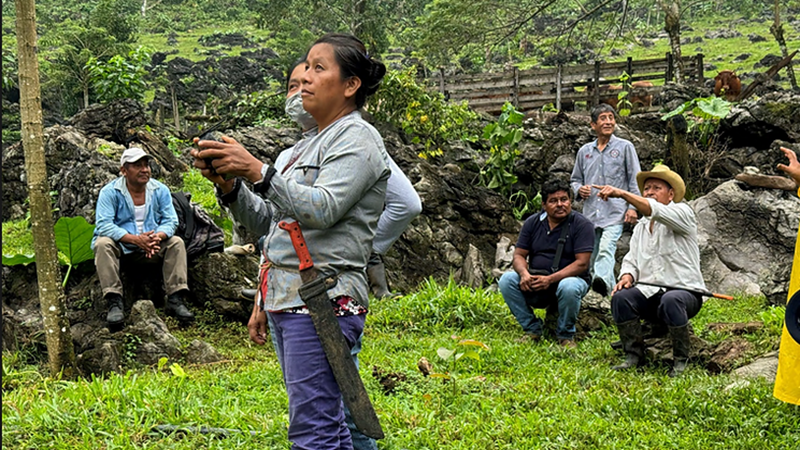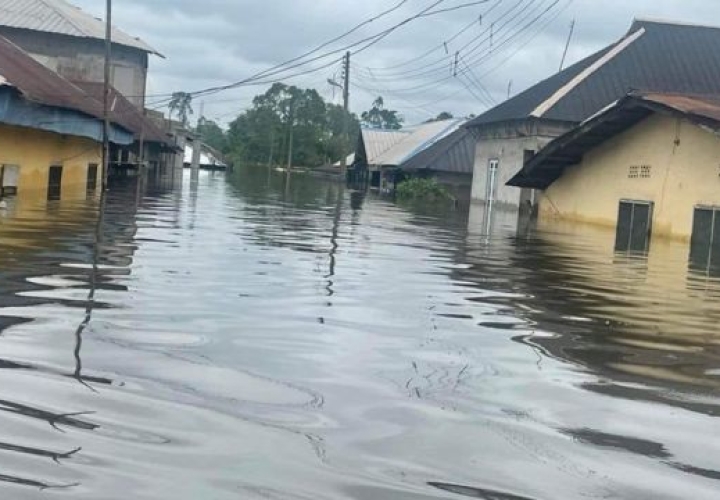
Quick steps governments can take to drastically reduce the impact of impending floods- rainy season.
It is that time of the year in Nigeria when lives are lost and properties worth millions of Naira are damaged due to lack of proper surface drainage system causing floods in most urban towns.
People care about the environment and climate change. In 2019, surveys revealed that climate change was an important issue to the British public, second only to Brexit, with some 60% of people feeling that the issue requires urgent or very urgent action to be taken.
Nature is a gift that keeps giving. But when continuously triggered it stalls and returns provocative plagues. The recent constant recess in the various industries explains the displeasure of nature with our actions. Humanity is up against a tight timeline to address these setbacks.

